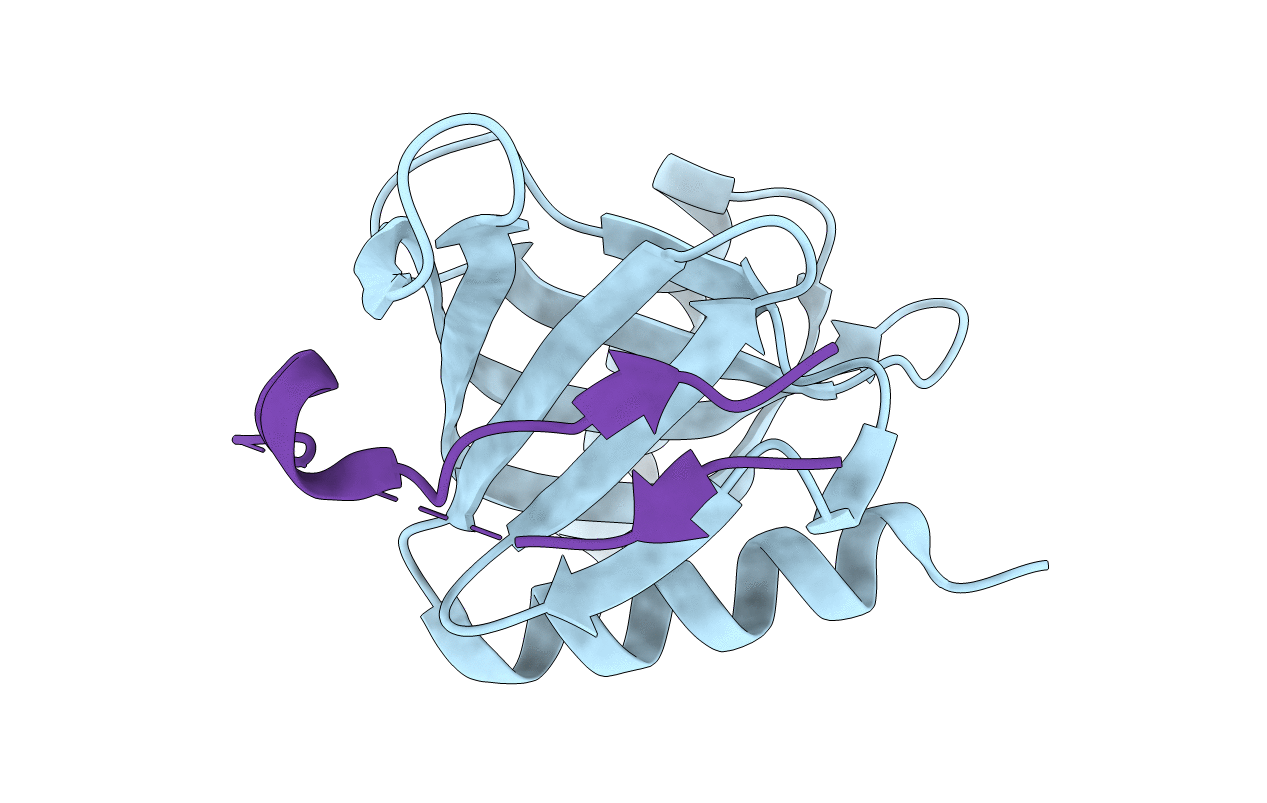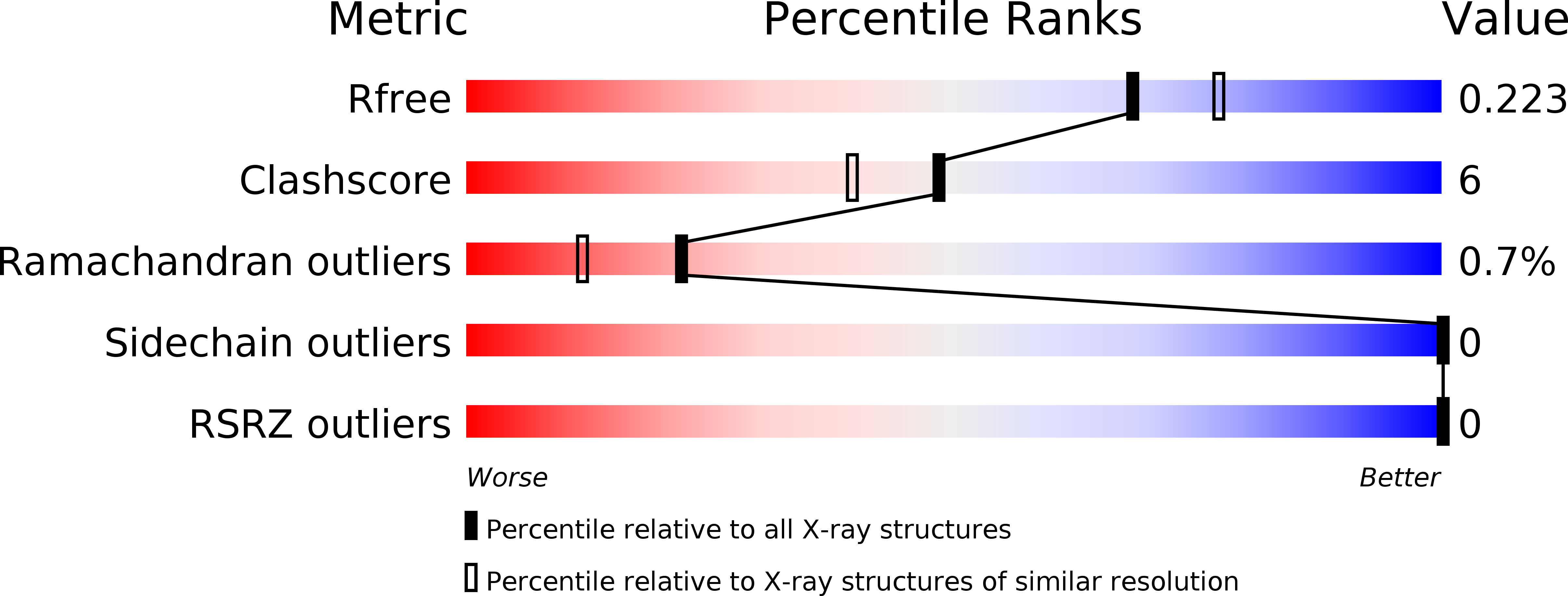
Deposition Date
2016-05-03
Release Date
2016-06-01
Last Version Date
2024-02-07
Entry Detail
PDB ID:
5JP4
Keywords:
Title:
Crystal structure of S. pombe Dcp1 in complex with the decapping enhancer EDC
Biological Source:
Source Organism:
Schizosaccharomyces pombe (Taxon ID: 4896)
Host Organism:
Method Details:
Experimental Method:
Resolution:
2.04 Å
R-Value Free:
0.22
R-Value Work:
0.19
R-Value Observed:
0.19
Space Group:
P 2 21 21


